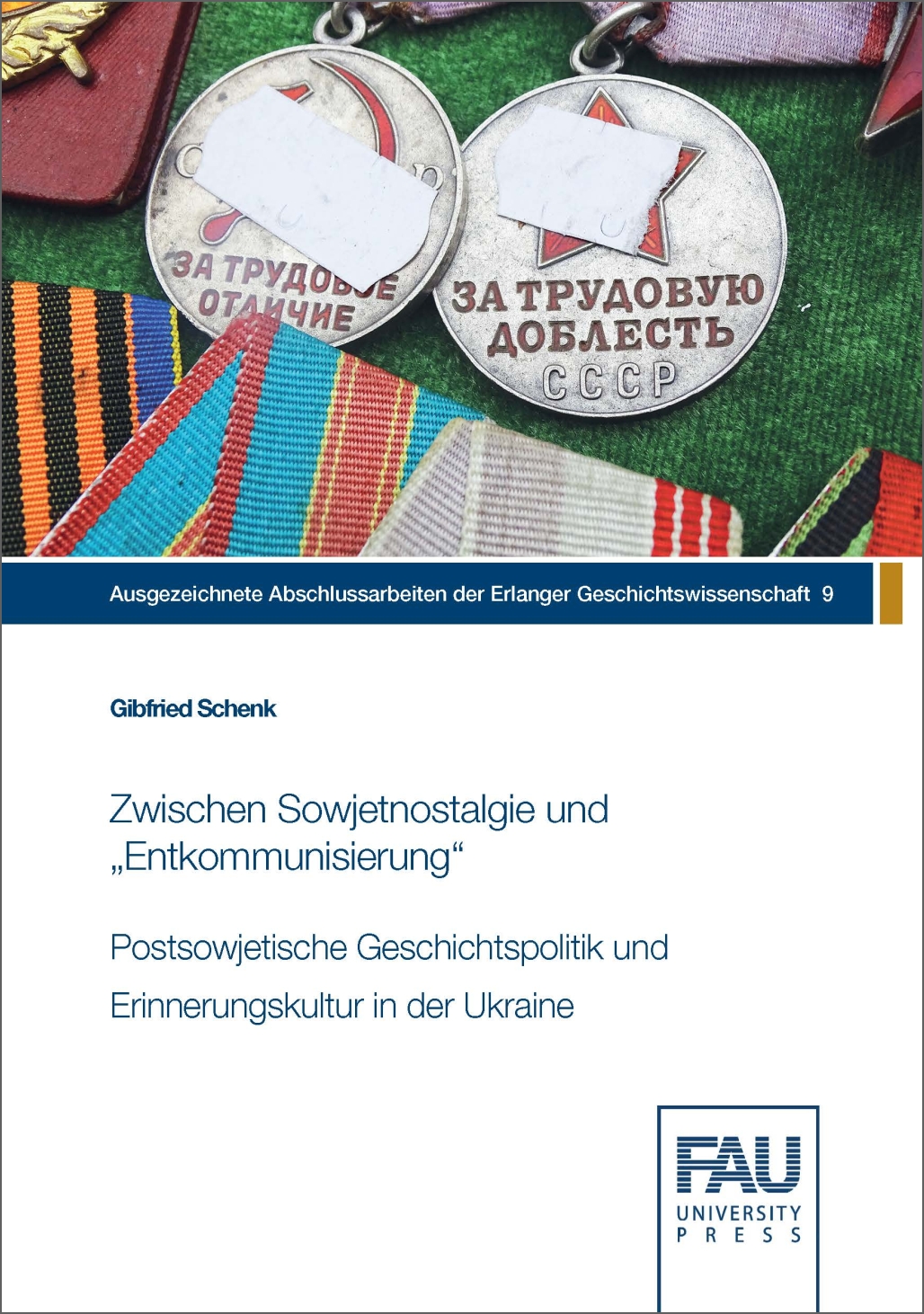Description
Following an introduction to the terminology of “Politics of History”, “Culture of Remembrance”, and “Place of Remembrance” as well as a brief overview of the long road to achieving state independence in Ukraine, the current politics of history in the country between 1991 and the end of PETRO POROŠENKO's presidency in spring 2019 are analysed.
To this end, three narratives that have fundamentally shaped the Ukrainian culture of remembrance are presented in terms of their genesis, development and impact: the "Postulate of Continuity of Ukrainian History", the "Victim Narrative of the Holodomor as Genocide of the Ukrainian People" and the "National Ukrainian Narrative".
The main part of the work is devoted to the current practice of politics of history after the Euromajdan 2013/14. Its actors at various social levels and their activities in Ukrainian society are presented through selected fields of action. The radical upheavals in the setting of memorials and the toponymy at state level are outlined. A detailed analysis of the renaming of street names and the depiction of selected cityscapes using the example of Kiev complete the reflections on the effects of current politics of history on public space.
Concluding chapters consider the effects of politics of history on the collective memory of Ukrainian society on the basis of accessible sociological surveys as well as the international classification of the Ukrainian culture of remembrance, and provide an outlook on selected aspects of Ukrainian politics of history and general politics.


Reviews
There are no reviews yet.